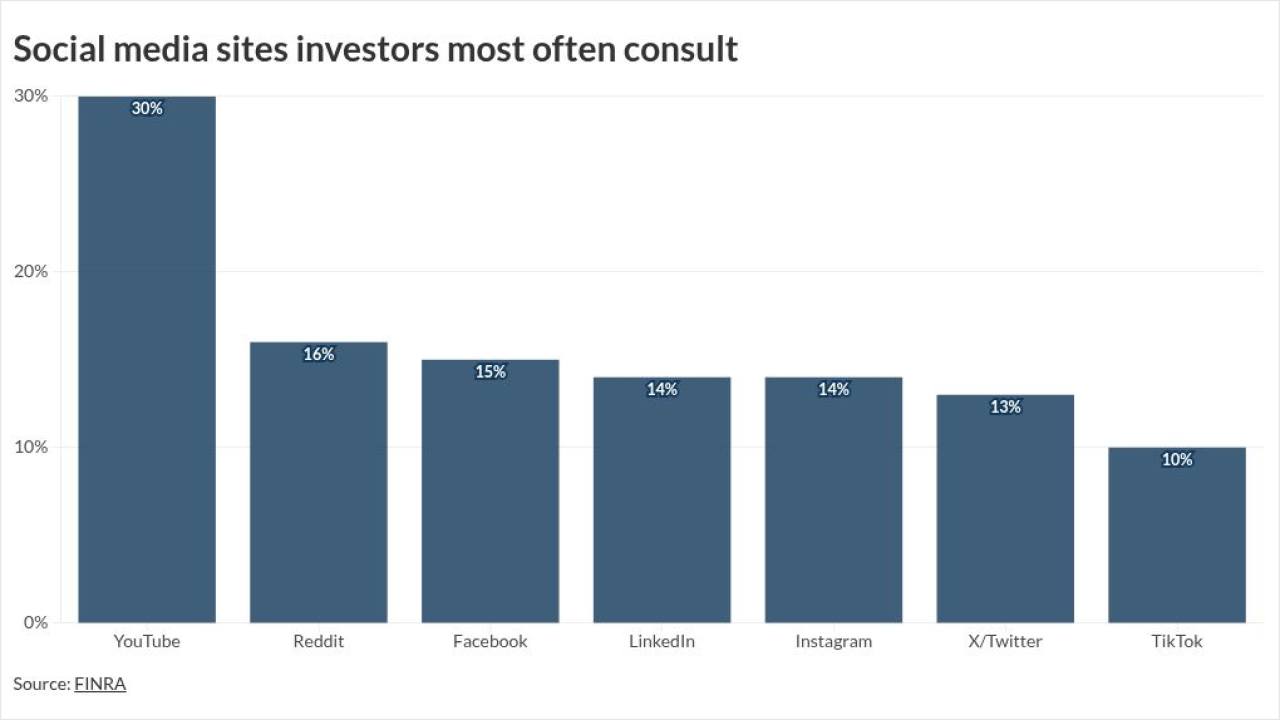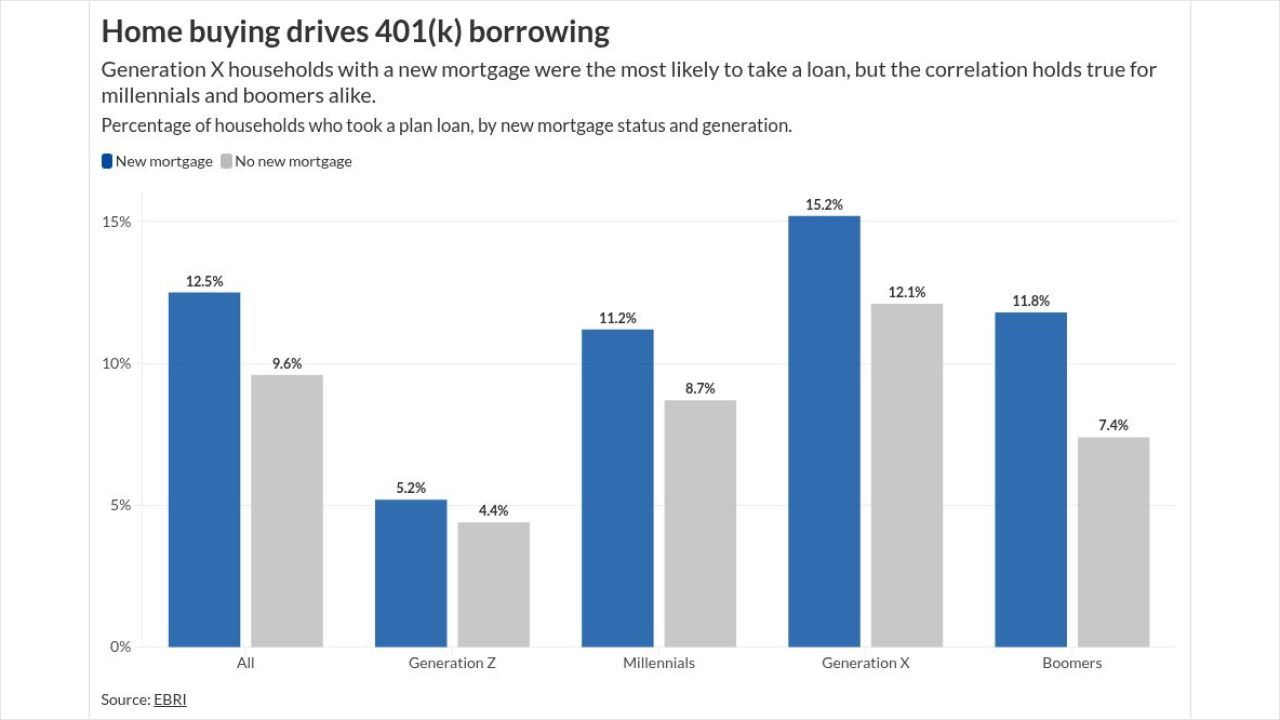Real estate investment trusts have long been a rich source of investor income. Yet many dividend-focused ETFs use methodologies that exclude REITs.
A major reason is that the IRS does not consider REIT shareholder payments to be qualified dividends. As such, they are taxed at ordinary income rates. Even so, advisors who want their clients to have exposure to this sector might consider REIT ETFs for tax-deferred accounts.
Here’s a comparison of the the four largest ETFs in this sector:
Vanguard REIT ETF (VNQ, expense ratio: 0.12%) is the giant among real estate exchange-traded funds with $35.7 billion in assets under management. It tracks the MSCI U.S. REIT index, a benchmark of 156 companies that represent some 99% of the U.S. equity REIT market. The index excludes mortgage REITs and some specialized equity REITs. MSCI’s methodology indicates specialized REITs that own or operate storage and self-storage facilities, data centers, correctional facilities, theaters, casinos and restaurants are included in the index. Retail REITs have the largest weight at 19.1% of the index. Simon Property Group (SPG) is the biggest single holding at 5.9% of the index. Other major sub-industries are specialized REITs (17.5%) and residential REITs (16.7%). Turnover is fairly low with an annual rate of 6.7% as of the end of the fiscal year in January. VNQ has a five-year annualized total return of 8.86% and Morningstar projects a yield of 4.3% over the coming year.

Schwab U.S. REIT ETF (SCHH, 0.07%) is the least expensive U.S. equity REIT ETF and the youngest of the big four, launched in January 2011. SCHH, with $3.6 billion in assets, tracks the Dow Jones U.S. Select REIT index, which requires companies to be equity owners or operators of residential or commercial properties. Among the excluded categories in the index are net-lease REITs, timber REITs, railroad REITs, tower REITs, hybrid REITs, and mortgage REITs. The index has 106 holdings. SCHH’s the largest concentrations are in residential REITs (21.2%), retail REITs (20%), and office REITs (16.6%). Simon Property Group is the largest holding in this fund too, at 7.5%.. Schwab lists the turnover rate at 16.1% as of the end of July. SCHH has a five-year annualized total return of 8.323% and Morningstar expects the yield to be 3.92% over the next 12 months.
iShares Cohen & Steers REIT ETF (ICF, 0.34%) is a $3.3 billion fund launched in January 2001 with a different approach to real estate. The portfolio is based on the Cohen & Steers Realty Majors index. As with the Dow Jones Industrial Average, this benchmark consists of 30 issues selected by people, not by formula. The Cohen & Steers Realty Majors index starts by eliminating any REIT with a market cap below $500 million or trading volume of less than 600,000 shares monthly. Cohen & Steers then selects the final 30 REITs for the index from this list. Retail (20.4%), specialized (20.2%), and office (19.3%) REITs dominate. Equinix REIT (EQIX) is the largest holding at 7.7%. ICF has a five-year annualized total return of 8.44% and Morningstar looks for a yield of 3.56% in the coming year.
SPDR Dow Jones REIT ETF (RWR, 0.25%), launched in April 2001, also tracks the Dow Jones U.S. Select REIT index. It has $2.9 billion in assets. State Street defines the REIT segments differently, combining industrial and office to total 26.9% of the fund. Simon Property Group is also the largest holding at 7.5% of the portfolio. RWR’s five-year annualized total return is 6.34% and Morningstar expects it to yield 3.92% in the next 12 months.
Advisors choosing among these ETFs must decide between broad indexes or a narrow handpicked one. Fees will also be a consideration.





